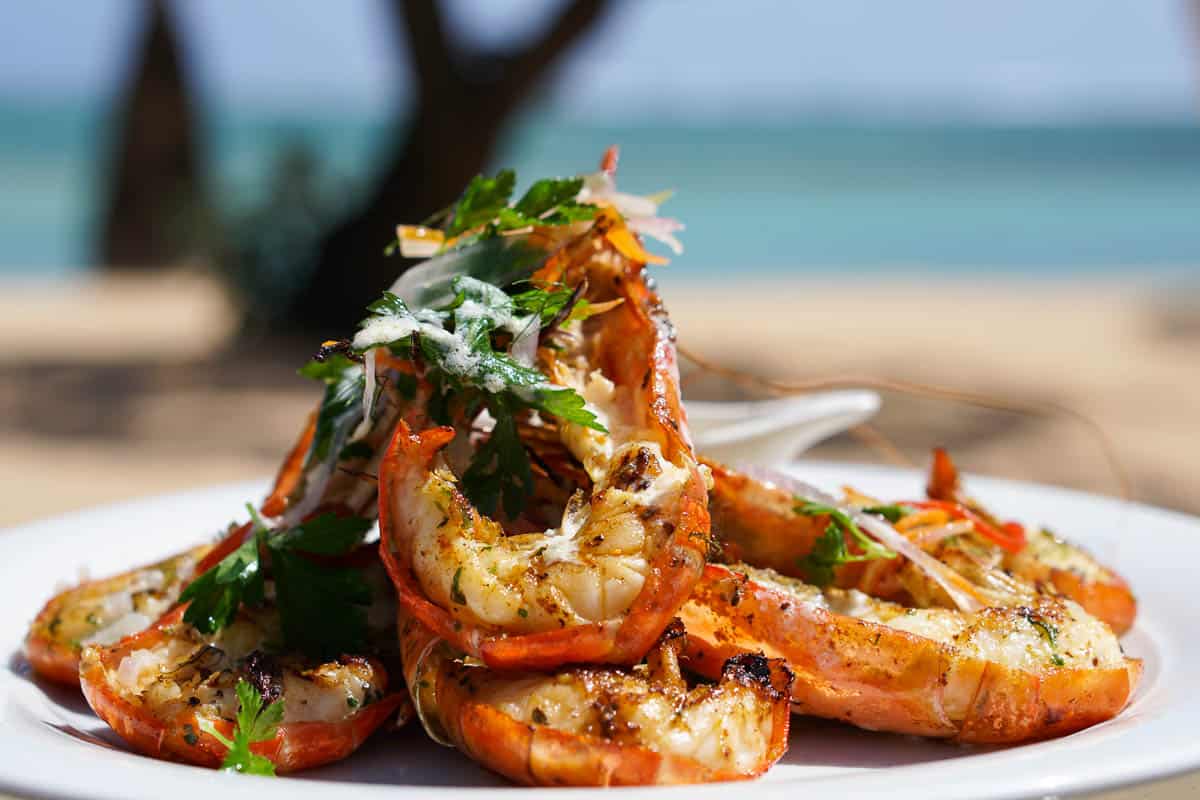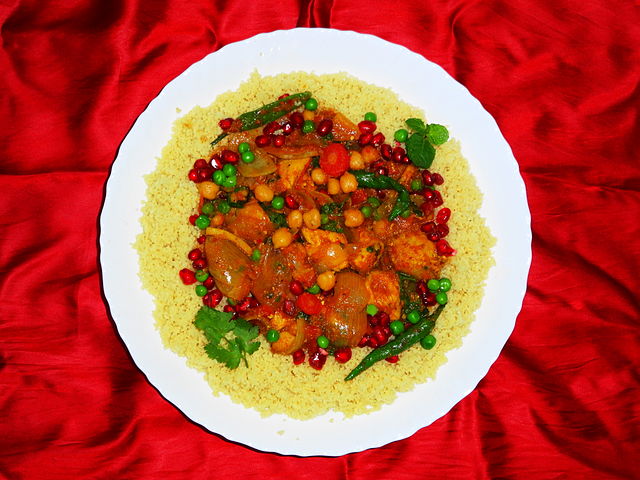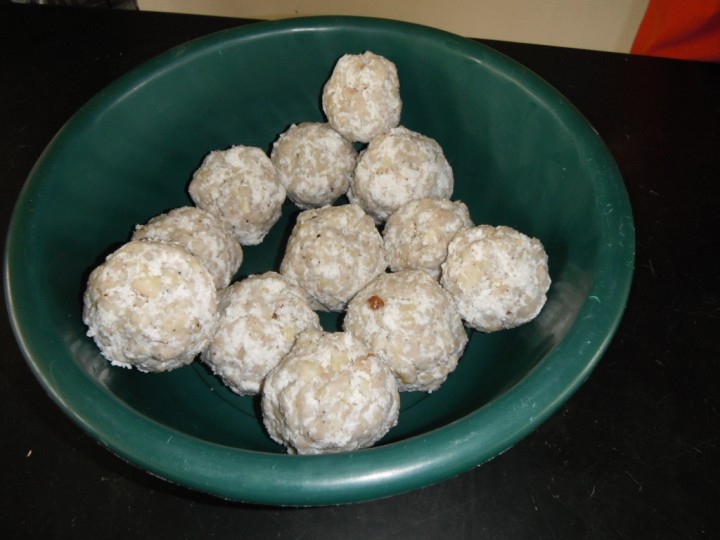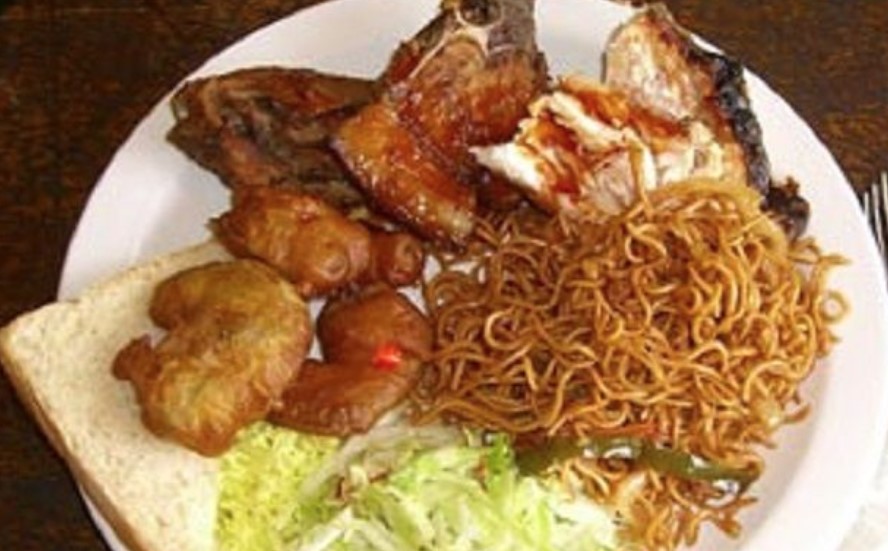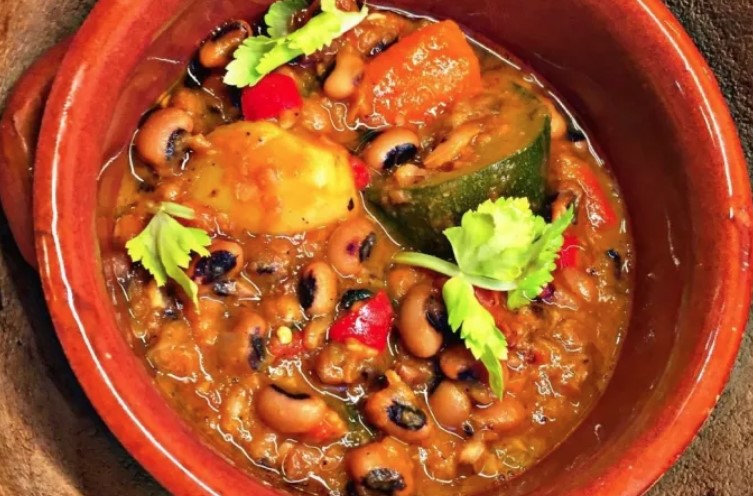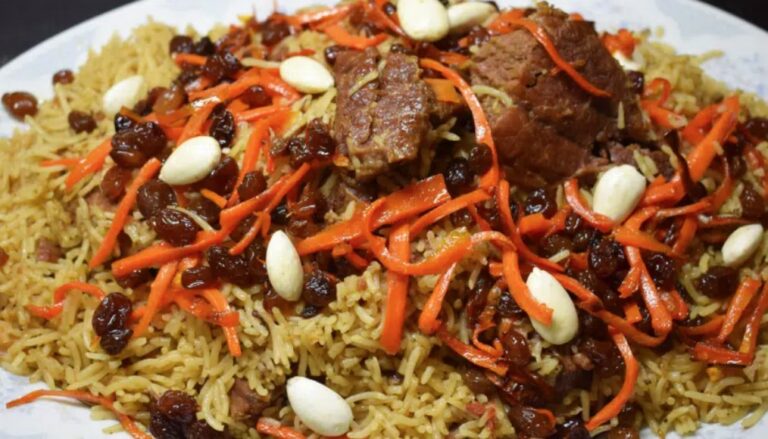Introduction: Local snacks and street food delicacies
When traveling to a new place, one of the best ways to immerse yourself in the local culture is by sampling the cuisine. From fancy restaurants to street food stalls, every destination has its unique food culture worth exploring. If you’re visiting a new place and wondering what to eat, look no further than the local snacks and street food delicacies. These tasty treats are often affordable, convenient, and provide a glimpse into the local life.
Unique and delicious snacks in the area
Every destination has its unique snacks that locals love and tourists should try. In Japan, for example, you can try takoyaki, a ball-shaped snack made with diced octopus and batter, topped with savory sauce and mayo. In Thailand, you can sample mango sticky rice, a sweet and creamy dessert made with glutinous rice, fresh mango, and coconut milk. In India, you can indulge in samosas, triangular-shaped pastries filled with spiced potatoes, peas, and onions, fried to crispy perfection.
Must-try street food for tourists
Street food is the ultimate way to experience the local cuisine. In Bangkok, Thailand, you can’t miss the famous Pad Thai noodles, stir-fried with tamarind sauce, shrimp, and egg, topped with crushed peanuts and chili flakes. In Mexico City, Mexico, you have to try tacos al pastor, juicy pork marinated in spices and chilies, cooked on a rotating spit, and served with fresh cilantro and onion. In Istanbul, Turkey, you won’t regret trying simit, a circular-shaped bread coated with sesame seeds, crispy on the outside and soft on the inside.
Cultural significance of local snacks and street food
Local snacks and street food often carry cultural and historical significance. They may be associated with particular festivals, celebrations, or traditions. For example, mooncakes are a Chinese pastry eaten during the Mid-Autumn Festival, symbolizing reunion and good fortune. In Singapore, kaya toast is a breakfast staple made with coconut jam spread on toasted bread, often served with soft-boiled eggs and black coffee. It’s a nostalgic food that reminds locals of their childhood and family gatherings.
Where to find the best snacks and street food
To find the best snacks and street food, ask the locals. They know where to find the hidden gems and the tastiest treats. You can also do your research online, check food blogs, and read reviews. Some destinations even offer food tours, where you can explore the city’s culinary scene with a guide and fellow foodies.
Conclusion: Experience the local cuisine
Exploring local snacks and street food is a must for any traveler who wants to experience the culture and food scene of a new destination. From savory to sweet, spicy to mild, there’s something for every palate. So the next time you’re in a new place, don’t be afraid to try something new and delicious. Who knows, you might discover your new favorite snack or street food delicacy.


